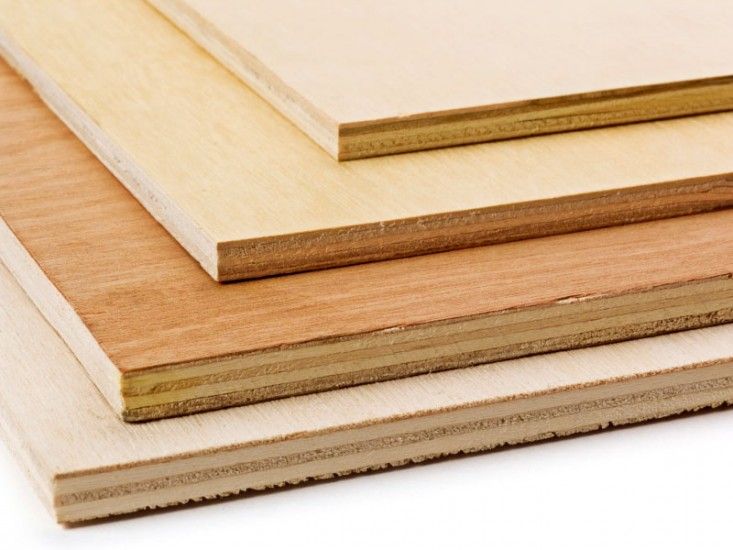When it comes to designing your home’s interiors, one of the most crucial materials is plywood. It forms the foundation of our wardrobes, kitchen cabinets, TV panels, and beds. Choosing the right plywood impacts the durability and appearance of your furniture, preventing issues like termite infestation, warping, and cracking. This guide will help you understand the different grades and qualities of plywood and how to pick the best one for various home applications.
Understanding Plywood Grades: MR, BWR, and BWP
- MR (Moisture Resistant) Plywood (Grade 303):
- MR plywood is the most basic type, suitable for areas with minimal moisture exposure, such as TV units, dressers, and small furniture.
- Though it resists slight moisture, it’s not waterproof, making it vulnerable to termites and damage in damp areas.
- Recommended for indoor use only in spaces that won’t experience high humidity.
- BWR (Boiling Water Resistant) Plywood:
- BWR plywood is an upgraded version of MR, offering better resistance to water and termites.
- Suitable for indoor furniture, especially wardrobes, beds, and even doors.
- Use it in areas where occasional moisture might be present, as it offers more durability than MR plywood.
- BWP (Boiling Waterproof) or Marine Grade Plywood (Grade 710):
- This is the highest quality plywood, made from hardwood and waterproof adhesive.
- Ideal for kitchens, bathrooms, and even outdoor areas due to its high durability against water, termites, and temperature fluctuations.
- Recommended for areas that require long-lasting, high-strength materials.
Choosing the Right Thickness for Plywood
- 12mm: Often used for small shelves and minimal load applications.
- 19mm – 25mm: Ideal for high-load areas like wardrobes, beds, doors, and larger units. These thicknesses prevent bending and help the furniture maintain its shape over time.
Using plywood that is too thin (below 15mm) can lead to warping, moisture penetration, and termite infestation, reducing the lifespan of your furniture.
Key Factors to Check When Buying Plywood
- Grain Compaction:
- High-quality plywood has well-compacted grains with minimal gaps. Gaps can lead to moisture accumulation, causing plywood to warp and deteriorate.
- Pressing Quality:
- Ensure the plywood has been pressed 3-4 times during manufacturing, resulting in a compact and stable structure. This prevents gaps where moisture and termites could seep in.
- Surface Finish:
- Look for “100% Calibrated” plywood, which offers a perfectly flat surface, ensuring a smooth base for laminates and veneers.
- Fire Resistance and Low Emission:
- Opt for fire-retardant plywood, especially for kitchen areas. Fire-resistant plywood emits minimal smoke and provides an added safety layer.
Identifying Authenticity and Quality
- Markings and Certifications: Ensure that the plywood is labeled with relevant information like grade, waterproofing details, and termite resistance.
- Color and Texture: Darker grains often indicate hardwood, which tends to be more durable. The texture should be even and without noticeable gaps.

